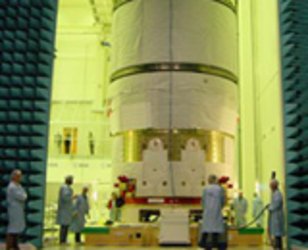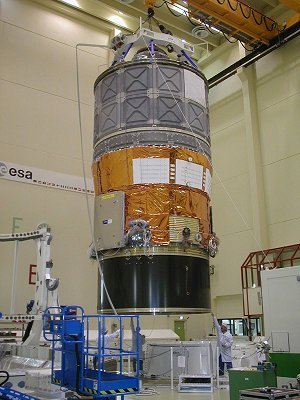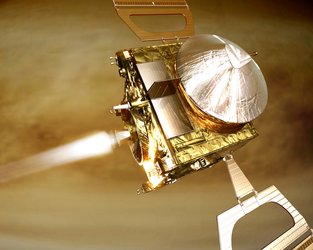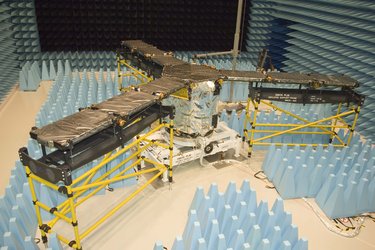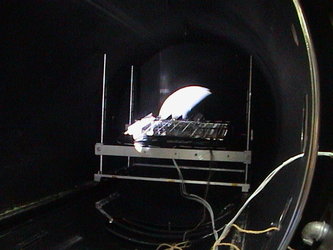Shaken and stirred: inside a rocket’s fuel tank at liftoff
If rocket launch stages were transparent, this is what would be visible at the moment of launch.
The sloshing tanks of coloured water being tested here offer insight into the response of a launcher’s liquid propellants to the violence of take-off. Better understanding of the forces involved should help to improve future launcher performance.
“Improving our understanding of sloshing behaviour is important, because it could be one of the major forces affecting a launcher as it flies,” said propulsion and aerothermodynamics specialist Charikleia Lada, overseeing the slosh tests.
“Sloshing can induce changes in the centre of gravity and lead to potentially dangerous inflight oscillations.
“Existing safety codes are based on complex fluid dynamics models of slosh effects. The idea of this testing is to validate these models in the real world.”
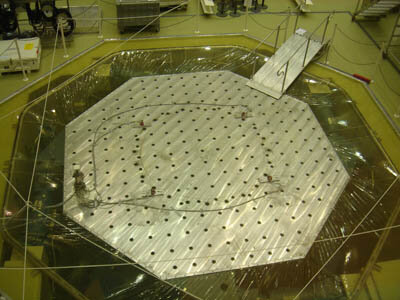
ESA’s earthquake-strength ‘Hydra’ shaker table – more typically used to check full-sized satellites are fully prepared for take-off – was selected for ESA’s slosh test campaign because of its high controllability.
Part of ESA’s ESTEC Test Centre in Noordwijk, the Netherlands, the hydraulic-powered shaker table was operated at 0.3–3 Hz along three different axes during the week-long test campaign.
A standard-shaped cylindrical tank was complemented by a rectangular tank to give a clear impression of the fluid behaviour.
Sustained violent shaking was followed by ‘sine testing’, where a range of frequencies are gradually worked through.
“Data were gathered using high-speed video cameras, accelerometers, load cells and wave gauges,” explained ESA’s Matteo Apolloni.
The results are now being analysed jointly by ESA’s Propulsion and Aerothermodynamics section and also the Agency's Structures section – interested in the sloshing effects on flight and effects on the launcher structure, respectively.
Tests of sloshing effects inside satellite propellant tanks – made more complex once in orbit due to microgravity – could be studied in the future to give a better understanding of the physics of the phenomenon. Sloshing tests of cryogenic liquids are also a possibility for future experiments.




